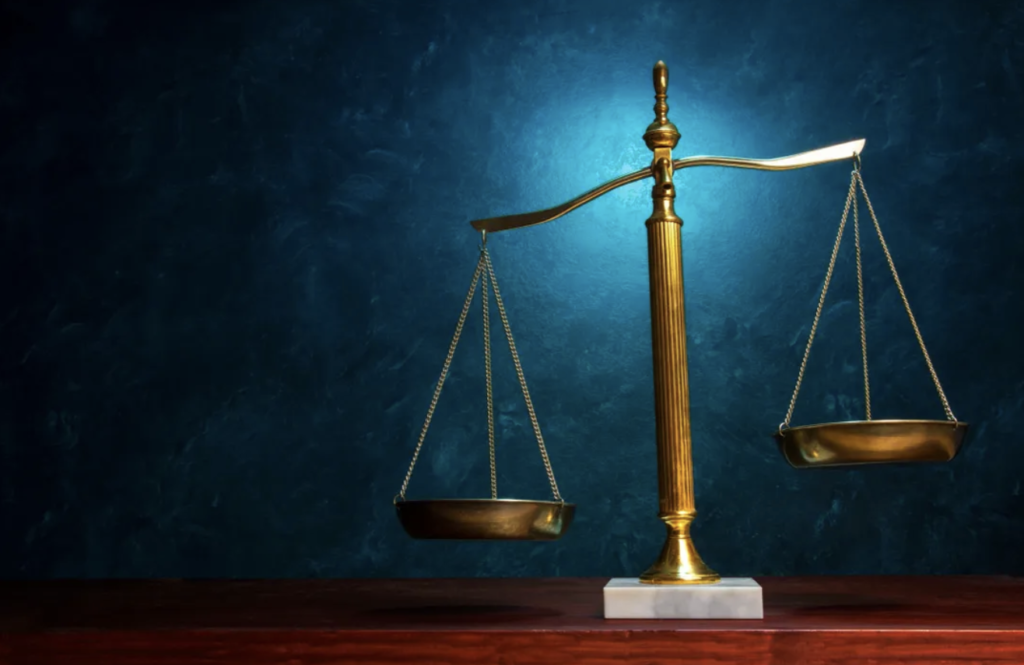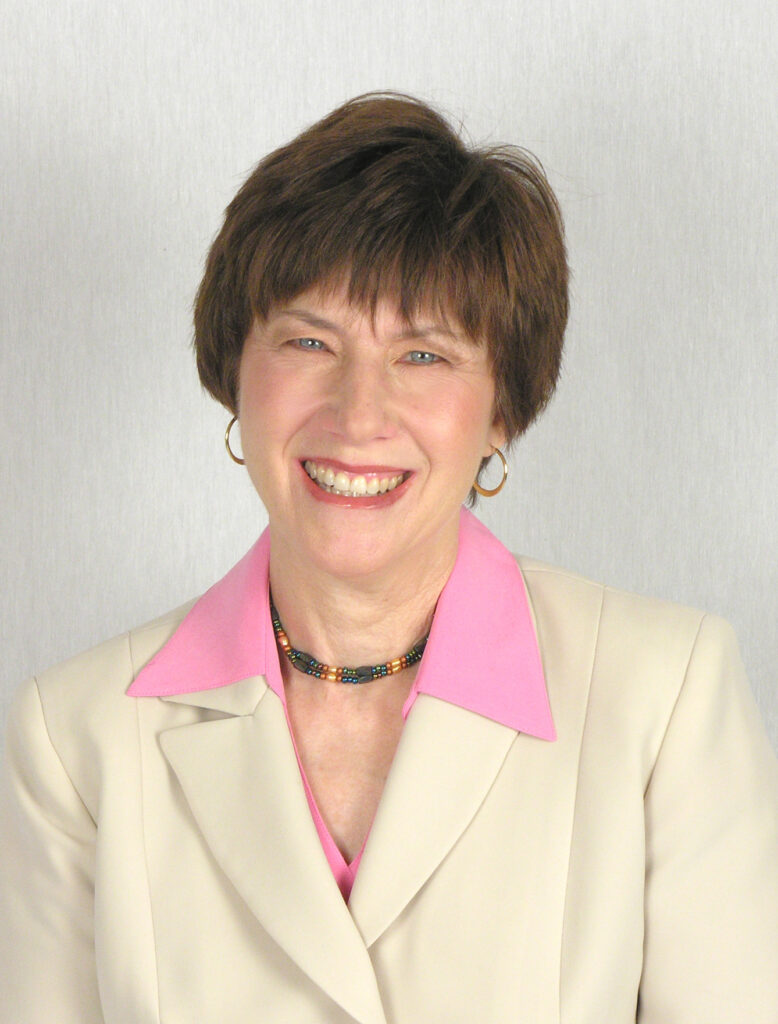First Edition
Inverse Ratio Rule
By Judith Finell

The “inverse ratio rule” applies the premise that the greater the access to the music allegedly copied, the lower the standards for a determination of substantial similarity between the musical works at issue. While access opportunities may provide for a path toward circumstantial proof of copying, access itself does not impact musicological conclusions on similarity. Rather, the musical comparison process is independent from identifying the non-musical reasons why musical works may be similar or different from one another from a copyright law perspective.
The Court’s affirmations and rejections of the inverse ratio principle over the years since its introduction into the law have led to misunderstandings in terms of musical analysis criteria. This has encouraged the conflation of musical traits protected under the publishing copyright with those protected under the recording copyright. This has been further complicated by the broadening of copyright protection of musical expression over time.
While the inverse ratio rule has impacted the standards required for a determination of substantial similarity, it has not done so uniformly. Nor has it changed the responsibility of the musicologist, whose role as an expert is to evaluate and distinguish between musical elements in assessing similarity.
With the inverse ratio rule, when access is weak, the degree to which protectable musical features must be similar is increased. This sometimes encourages the conflation of compositional and recording features and mischaracterizations of their protectability. When a high degree of similarity is required to override weak access, similarities of compositionally unprotectable arrangement and performance features, such as key, tempo, and instrumentation, can be incorrectly elevated, leading to unfounded conclusions. For example, litigants often assert these non-compositional similarities, resulting in their adoption by judges and legal scholars.
Musical comparison requires consideration of melodic, harmonic, structural, and lyrical traits because these reflect the creative choices that embody the musical expression of the composition. The recording copyright adds to the above compositional traits with elements beyond what would traditionally be notated in the deposit copy. These added elements often include back-up singing parts, accompanimental melodic lines including drums and synthesizers, improvisational sections, instrumentation/scoring, and arrangement features including key and tempo. Often also included are recording studio and processing features such as sound effects, and processing features such as echo, reverb, spatialization, and digital pitch transformation.
The musical properties that are most essential in determining substantial similarity of musical compositions and recordings are examined below in light of six landmark decisions. This discussion will begin to disentangle and clarify the various musical features that are determinative of substantial similarity from a copyright law perspective. I aim to do this by reviewing court opinions on the protectability of musical elements as they evolved in response to the fluctuations in the application of the inverse ratio principle.
In our next issue, case discussion will include musical elements cited by judges/scholars and evaluation of these elements in terms of their protectability:
- Krofft v. McDonald’s (1977)
- Three Boys v. Bolton (2001)
- Swirsky v. Carey (2004)
- Williams v. Gaye (2018)
- Skidmore v. Zeppelin (2020)
- Gray v. Perry (2020)

Judith Finell is a musicologist and the president of Judith Finell MusicServices Inc., a music consulting firm in New York and Los Angeles, founded 25 years ago in New York. Since then, she has served as consultant and expert witness involving music copyright infringement, advised on artist career and project development, and a wide variety of music industry topics. Recently, Ms. Finell was honored to be the 2018 commencement speaker at UCLA’s Herb Albert School of Music. She was also interviewed by NBC/Universal for a 2018 documentary entitled “The Universality of Music,” in which she discussed the ways in which she sees music as being an international language that can bridge cultural barriers that spoken language does not.
Judith Finell was the testifying expert for the Marvin Gaye family in the milestone “Blurred Lines” case in Federal Court. She has testified in many other notable copyright infringement trials over the past 20 years. She and her team of musicologists regularly advise HBO, Lionsgate, Grey Advertising, CBS, Warner, Disney, and Sony Pictures on musical works for their commercials, films, and television series. Ms. Finell also frequently advises attorneys, advertising agencies, entertainment and recording companies, publishing firms, and musicians, addressing copyright issues, including those arising from digital sampling, electronic technology and Internet musical usage.
Ms. Finell was invited to teach forensic musicology at UCLA in 2018, where she continues to teach the only such course in the country. She holds an M.A. degree in musicology from the University of California at Berkeley and a B.A. from UCLA in piano performance. She has written numerous articles and a book in the area of contemporary music and copyright infringement and has appeared in trials on Court TV and before the American Intellectual Property Law Association. She is a trustee of the Copyright Society of the U.S.A., and has appeared as a guest lecturer at the law schools of Harvard University, UCLA, Stanford, Columbia, Vanderbilt, George Washington, NYU, and Fordham, as well as the Beverly Hills Bar Assn., LA Copyright Society, and the Association of Independent Music Publishers. She may be reached by email at judithfinell@yourinsidetrack.net.
© 2021 Your Inside Track LLC
Your Inside Track reports on developments in the field of music and copyright, but it does not provide legal advise or opinions. Every case depends on its particular facts and circumstances. Readers should always consult legal counsel and forensic experts as to any issue or matter of concern to them and not rely on the contents of this newsletter.
